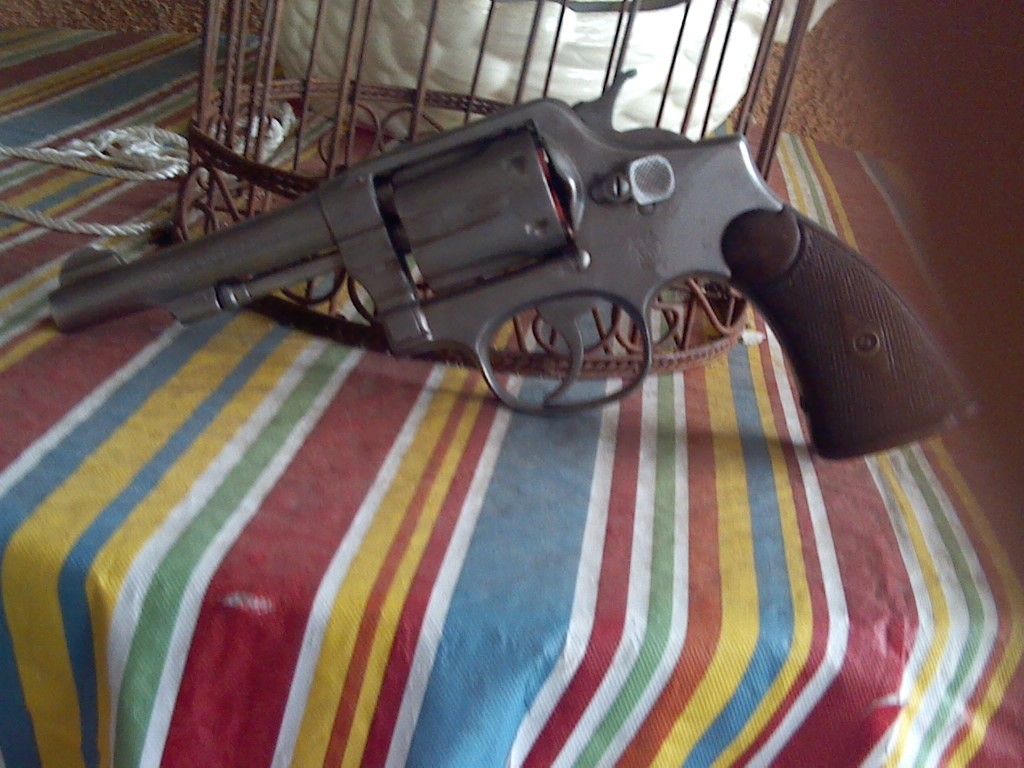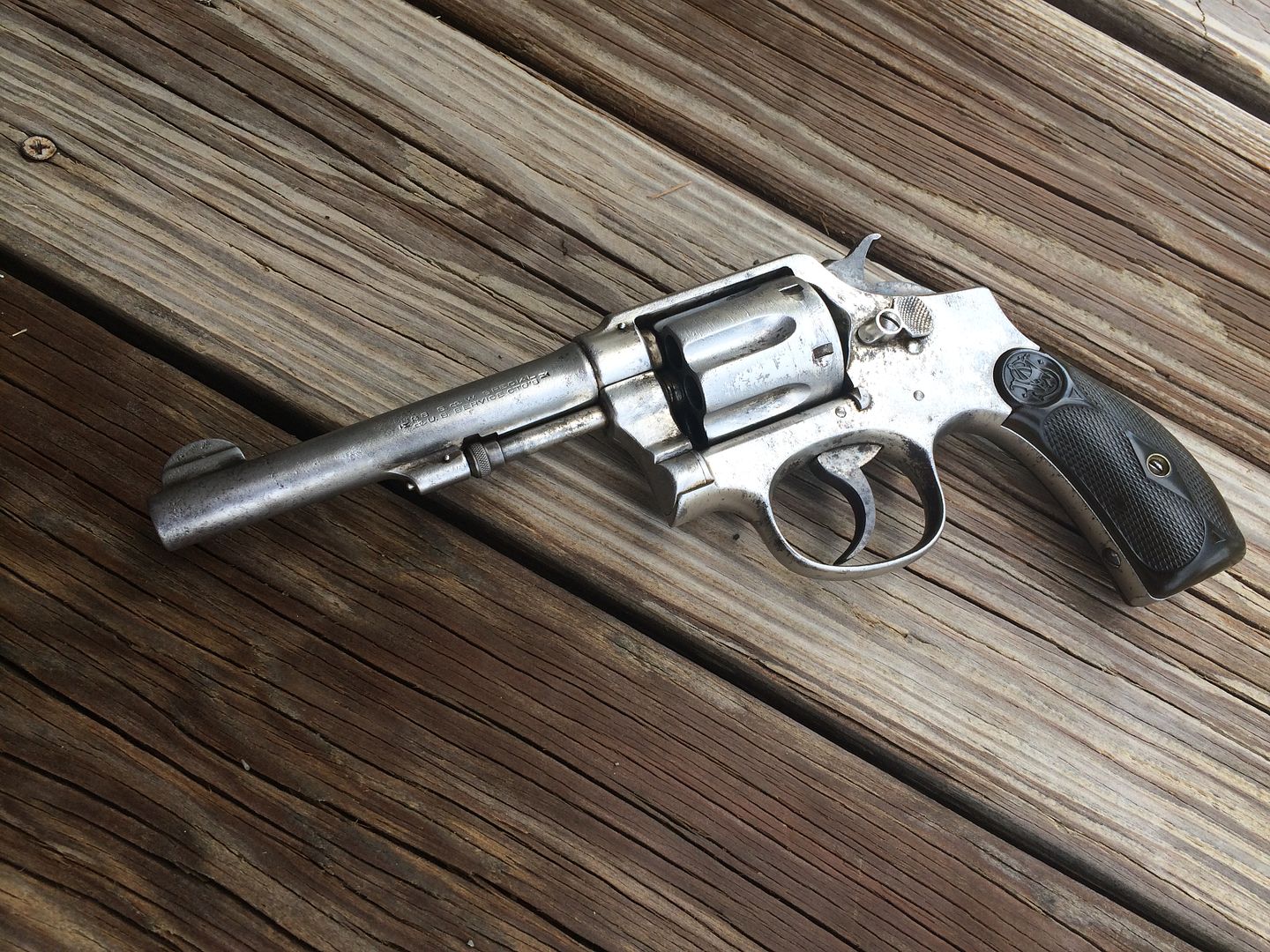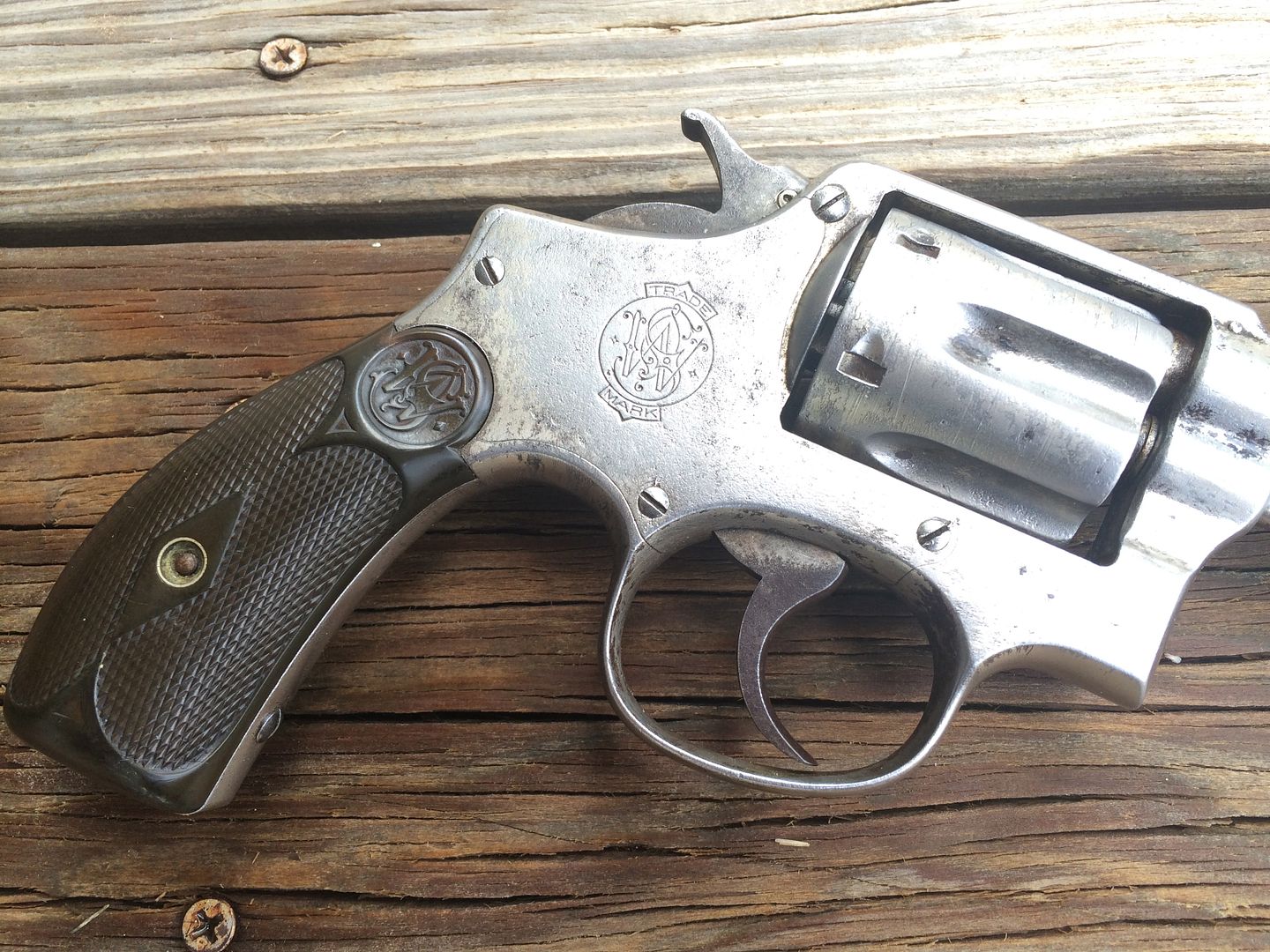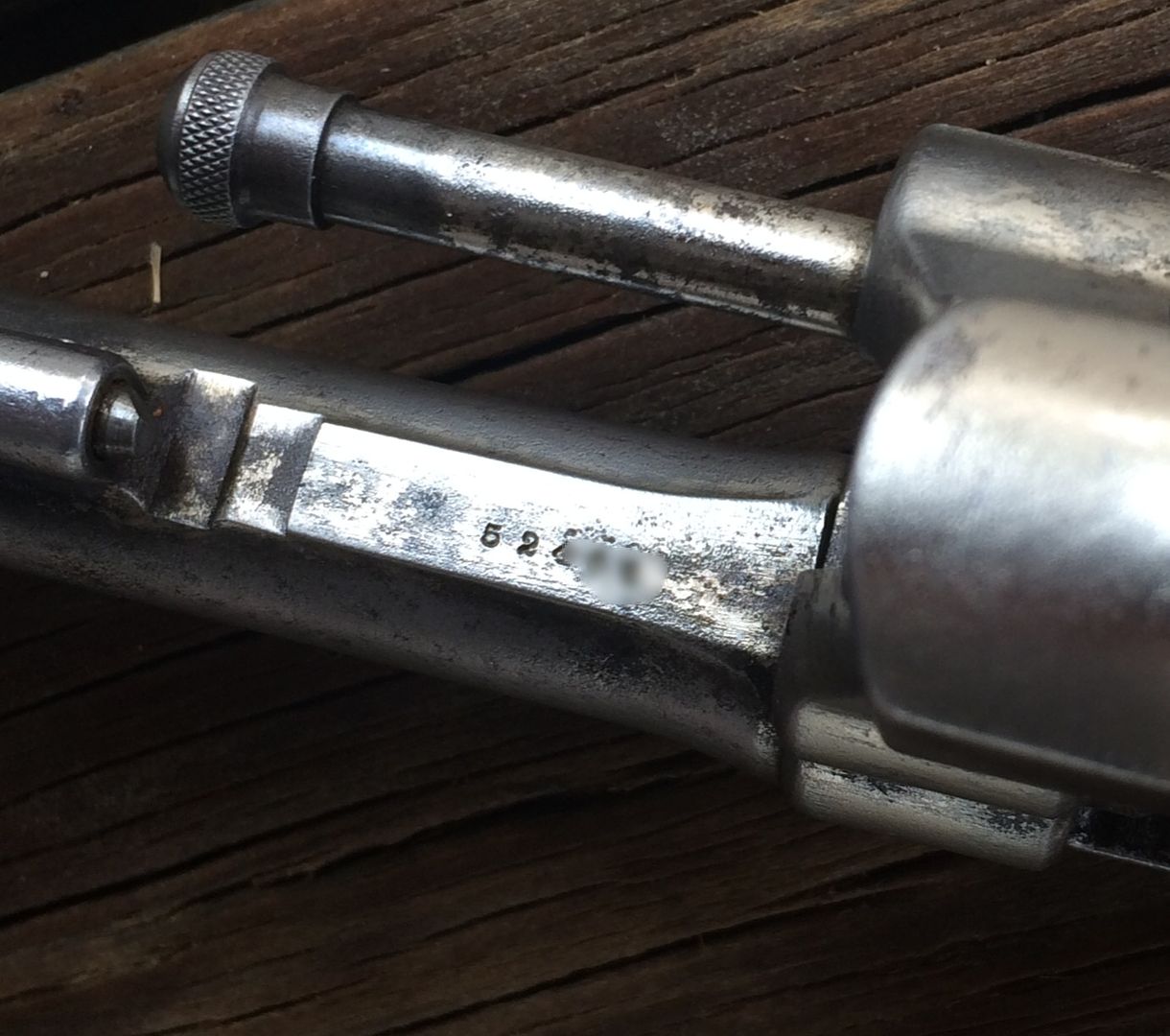In a moment of weakness in 2014 I bought a used S&W on impulse. It was cheap, and had such a cool old look I broke down and bought it.

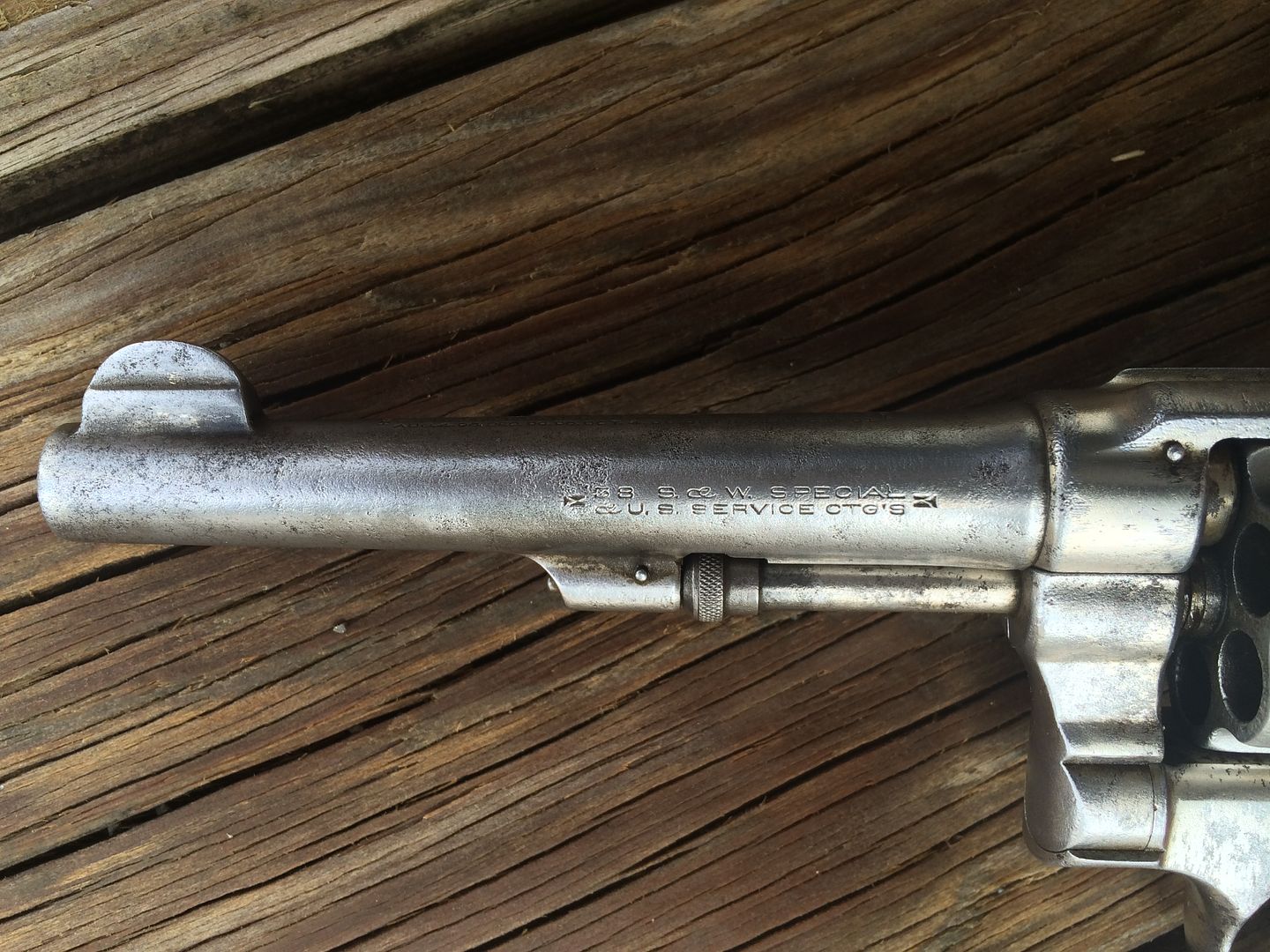
One thing I was drawn to about it was that it is chambered for a standard caliber: .38 S&W special. Upon learning more about the revolver, I learned that although this is true, only low-powered lead loads should be fired in it, and even that should be limited.
Well, the pistol range I typically go to is indoor, and only allows fmj rounds, no exposed lead. So, I have owned it over two years without ever firing it.
On Friday, I finally took it out to an outdoor range and put some low-powered lead round nose through her. Not too many, just enough to get a feel for her.
Most likely this was the last time she'll be fired. It's just nice to know she's still got it in her after all these years.


One thing I was drawn to about it was that it is chambered for a standard caliber: .38 S&W special. Upon learning more about the revolver, I learned that although this is true, only low-powered lead loads should be fired in it, and even that should be limited.
Well, the pistol range I typically go to is indoor, and only allows fmj rounds, no exposed lead. So, I have owned it over two years without ever firing it.
On Friday, I finally took it out to an outdoor range and put some low-powered lead round nose through her. Not too many, just enough to get a feel for her.
Most likely this was the last time she'll be fired. It's just nice to know she's still got it in her after all these years.

